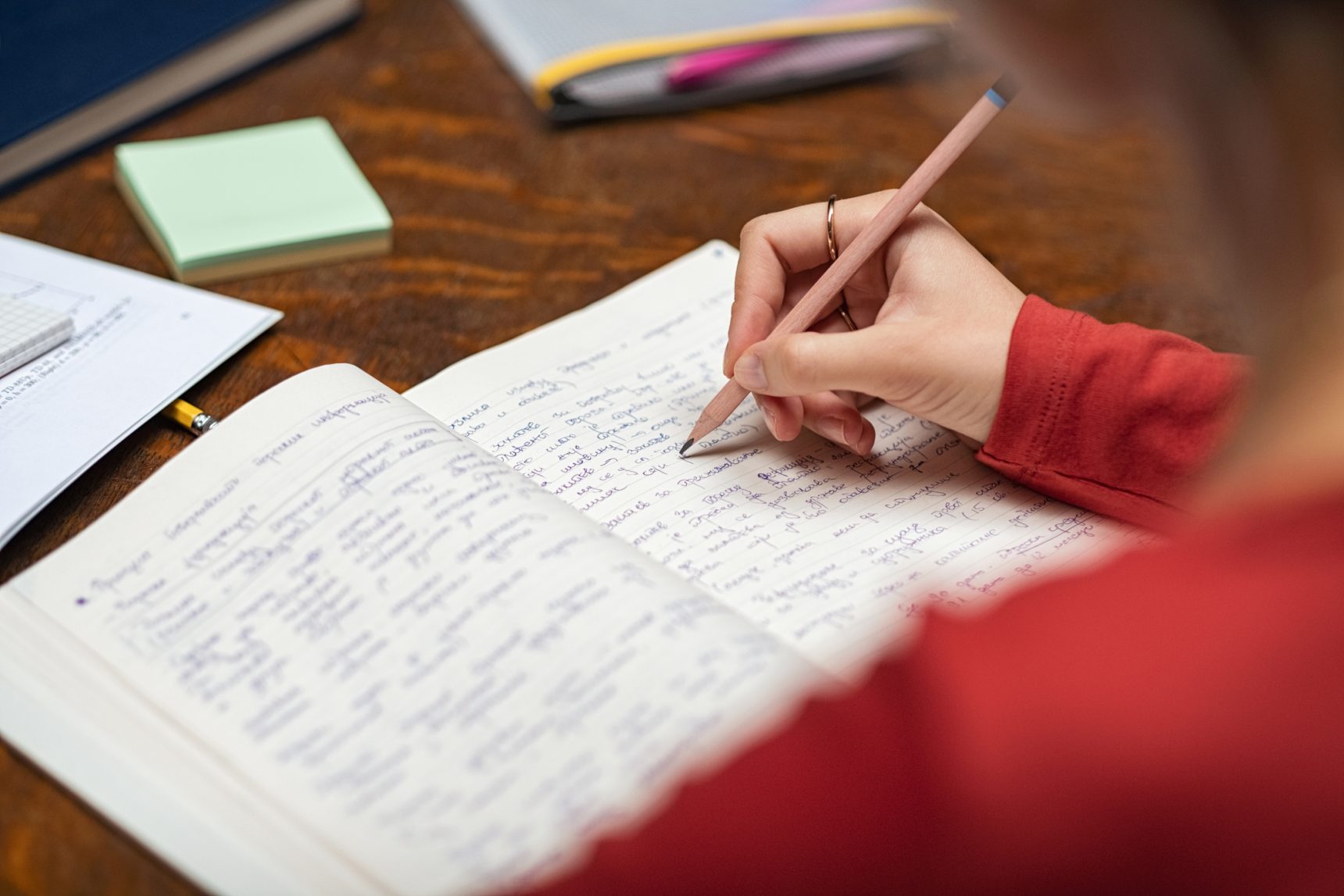With endless quotation drills and gap-fill exercises, revising poetry can sometimes feel a little dull. However, it doesn’t need to be this way. Revising poetry can be every bit as exciting and fun as teaching it.
In this article, I want to take you through one of my favourite lessons for revising poetry. I’ve used this with classes ranging from Year 7 all the way through to Year 13. It always works. It also has the benefit of being a standalone lesson: so long as you’ve taught poetry before and want to revise it, this will work.
And so, here’s the lesson, step by step.
The bibliographic code
Begin by introducing students to the work of literary critic Jerome McGann and especially his distinction between the bibliographic and the linguistic code. The linguistic code, McGann argues, is what we think about all the time in English: it’s the language and imagery that comprise any text. It’s the words on the page.
However, the bibliographic code – often overlooked but, according to McGann, just as important – is the material container within which these words are written. In other words, the bibliographic code refers to the physicality of the text: its ‘bookness’, from the front cover to the typographic layout.
Now, explain to students that you want to share examples of literary works that are especially attuned to their bibliographic code – books where the words are not the only things that matter. In my own teaching, I bring these in so that students can actually look at them, but a PowerPoint with photographs will also work.

I start with Mark Danielewski’s hauntingly experimental House of Leaves, a novel whose layout is so complex Danielewski initially needed to learn to typeset, as no one else was willing to do it. Students will quickly see what we mean by the bibliographic code: pages with swirling text, barely decipherable scribbles, and pages that – literally – need to be read upside down.
Next, I show them Reif Larsen’s The Selected Works of TS Spivet, a novel about a 12-year-old prodigy who has won a prestigious award for his amateur map-making. Desperate to attend the award ceremony, he runs away from home. Generating a bidding war amongst ten publishing houses, the novel’s most striking feature lies in its bibliographic code: the reader is met with a cacophony of sketches, diagrams, maps, and doodles etched into margins and across pages.
Finally, I introduce students to the avant-garde world of Artists’ Books, especially popular during the 1960s and 1970s. Here, writers take a pre-existing work of literature and physically draw over it, blocking out the pages so that only certain words remain. These remaining words then comprise an entirely new work of literature. A more recent example, which I share with students, is Jonathan Safran Foer’s wonderful Tree of Codes, in which he has cut into Bruno Schulz’s short story collection, The Street of Crocodiles. Excising most of the original text, the few remaining words create a poetic experience unlike anything else I have read.
This is a lesson suffused with wonderfully interesting hinterland, offering examples of books students are unlikely to have encountered before.
Over to you: Revisions and revising
With the scene set, now the really interesting work can begin. Give students a choice of three poems. Explain that just like an Artist’s Book, they’re going to carve into their poem of choice, deleting words and lines so as to leave behind an entirely new text. The words belong to the original poem, but the sense of it does not.

Students can aim to delete words to accentuate an underlying theme or even reverse it so that their version of the text seems to say the opposite of the original. They could, of course, do something entirely new so that their version bears little resemblance to the original. You could model the process first, but I’ve found that students are both eager and capable of getting started straight away.
Give students time to do this, playing around with different approaches and trying to find a cut-out version of the poem that is truly their own. End the lesson by asking a selection of students to share their updated version of the poem. You will be amazed by just how good these can be.
The reason this works so well – aside from it being genuinely fun in the way a puzzle is – is that it asks students to think about poems they know well in entirely new ways. They see the same lines and words in a different light. It forces them to manipulate these images into a new relationship with each other. Students rehearse and realign their knowledge of the text.
Poetry revision doesn’t need to be dull; it’s just one lesson away from being thrillingly fun!







Comments